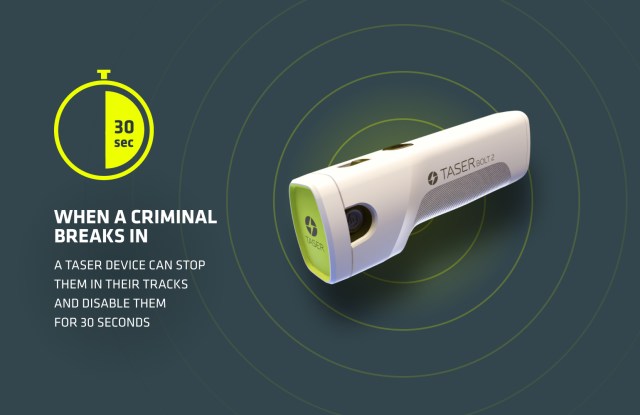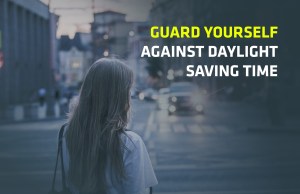There’s a reason people say, “Home is where the heart is.” Home is where family gathers. It’s where you feel safe and secure. Yet in 2020, over over one million Americans were victims of home invasions and the numbers are not trending down. It’s important to plan ahead for safety and self defense.
While you can never completely protect yourself against burglary and break-ins, there are things you can do to reduce your risk and help you stay safe in your own home.
1. Install security cameras
Installing security cameras is one of the easiest and most effective home security measures you can take. Surveillance cameras give you a set of eyes on the vulnerable areas of your home. They also allow you to see what’s going on from a distance, regardless of your location. You can be across town or in your bedroom and still be aware of who’s on your porch. Make sure to cover your main entrance, but also cover the back door and first-floor windows if possible. Mount cameras securely and high enough that an intruder can’t reach them. Unless you’re concerned about housemates or guests, keep cameras outside where they can spot perpetrators and deter break-ins before they happen.

2. Protect your entryway
Perpetrators often enter a home through the front or back door. Install proper lighting and add a strong strike plate to reinforce your door jamb to make your entryway more secure. You can also add a layer of defense with a doorbell. Video doorbells show you when someone nears a door and allow you to respond even if you’re not at home. Other types of doorbells activate a chime when a door opens, alerting anyone inside know that someone has entered the house. Regardless of the type you opt for, check the specifications before you buy. Some devices may require hardwiring, a separate network, or a subscription to a monitoring service.
3. Use door and window locks
When it comes to home defense, don’t overlook your locks. A door or window with a weak lock provides an opportunity for criminals. Increase your home security by using deadbolts and latch locks on your exterior doors. For window security, interior locks and security latches allow windows to open enough for ventilation but not for entrance. These mechanisms are especially important in the summer when the risk of window break-ins increases. Once locks are in place, don’t forget about them! Test door and window locks regularly to ensure their strength and durability.
4. Upgrade to smart home security
With the aid of modern technology, you can keep your home safer than ever before with home monitoring. Sure, smart doorbells, locks, and window sensors notify you when an attempted break-in occurs, but with smart home monitoring, the protection is even greater. With off-site monitoring, your home can remain secure, even if the power goes out or when you’re not there. What’s more, home security monitoring can dispatch emergency personnel any time there’s a need, regardless if you’re home.
5. Be prepared to defend yourself

When you are home, you need to be prepared for self-defense. While home security is vitally important, it’s not fail-safe, and you need a solution for protection. A non-lethal weapon like a TASER device can help keep you, your family and your home safe. When a criminal breaks-in, a TASER device can stop them in their tracks and disable them for 30 seconds, allowing you time to reach safety. What’s more, using a TASER device eliminates the risks posed by a self-defense firearm, such as injuring bystanders or bullet overpenetration.
Protect yourself from a home invasion. Follow these five tips to deter perpetrators and help you stay safe in your home!







